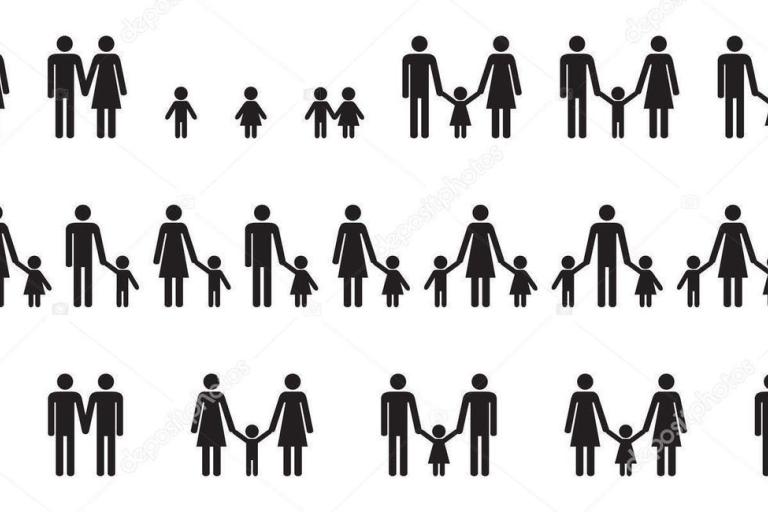The standard for what constitutes sexual harassment and gender-based discrimination need not be left to debate. This standard has been determined by judicial and legislative bodies nation-wide—and, in New York City, this standard happens to be among the most protective for victims in this country.
New Yorkers are protected from discrimination and harassment in the workplace primarily under three different laws—Title VII of the Civil Rights Act of 1964 (“Title VII”), the New York State Human Rights Law (the “NYSHRL”), and the New York City Human Rights Law (the “NYCHRL”). Of these laws, the NYCHRL generally offers the most expansive protections for victims. Among these statutes’ various distinctions, is the burden of proof placed on a victim to establish that she has suffered sexual harassment or discrimination in the workplace.
The NYCHRL places less of a burden on potential victims of harassment or discrimination in the workplace than its state or federal counterparts. By way of example, under Title VII—the federal analogue to the NYCHRL—the standard for sexual harassment requires that the harassment “be sufficiently severe or pervasive ‘to alter the conditions of the victim’s employment and create an abusive working environment.’”[1] Originally, the NYCHRL was applied under the same standard as Title VII for determining liability—requiring that a victim demonstrate that the alleged misconduct was either “severe or pervasive” to state a claim for sexual harassment or discrimination.[2]
In 2009, the bar for establishing liability for sexual harassment under the NYCHRL was lowered when it was held by the Appellate Division for the Supreme Court of New York, First Judicial Department, that a potential victim of sexual harassment need only demonstrate that she is treated “less well” than other employees.[3] There, the Court found that the NYCHRL is to be construed more liberally than its state or federal counterparts, particularly in light of the NYCHRL’s “‘uniquely broad and remedial purposes.’”[4]
As the Court explained, “[t]he ‘severe or pervasive’ rule has resulted in courts ‘assigning a significantly lower importance to the right to work in an atmosphere free from discrimination’ than other terms and conditions of work” and “[t]he rule (and its misapplication) has routinely barred the courthouse door to women who have, in fact, been treated less well than men because of gender.”[5]Accordingly, as a result of the more expansive “less well” standard, a victim may still have a claim for sexual harassment under the NYCHRL even if the alleged misconduct is neither “severe” nor “pervasive.”[6]
“For NYCHRL liability, therefore, the primary issue for a trier of fact in harassment cases, as in other terms and conditions cases, is whether the [victim] has proven by a preponderance of the evidence that [she] has been treated less well than other employees because of [her] protected status.”[7] The inclusivity of this standard has garnered the attention of states such as California, where the California State Legislature is questioning whether their own anti-discrimination laws should be amended to implement a more victim-centered approach.[8] It is imperative that sexual harassment and discrimination victims in New York City seeking justice for their claims be aware of their rights under the NYCHRL, and the standard by which those rights are enforced.
[1] Meritor Sav. Bank, FSB v. Vinson, 477 U.S. 57, 67 (1986) (citation omitted).
[2] Williams v. New York City Hous. Auth., 61 A.D.3d 62, 73 n.15 (1st Dep’t 2009).
[3] Id. at 78.
[4] Id. at 67-78.
[5] Id. at 73.
[6] Id. at 68-78.
[7] Henvill v. Metropolitan Transp. Auth., 2017 N.Y. Misc. Lexis 2837, at *22 (N.Y. Sup. Ct. July 21, 2017) (quoting Williams, 61 A.D.3d at 78) (emphasis added).
[8] Toure, Madina Observer, http://observer.com/2018/01/new-york-california-sexual-harassment-legal-standard/ (Jan. 11, 2018).


